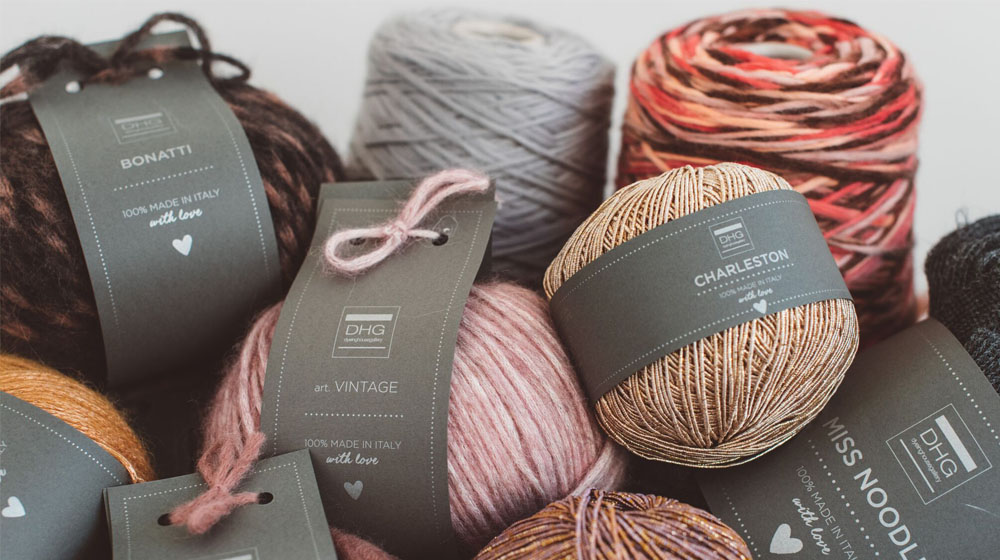
The yarn count expresses the thickness of the yarn. So why do we use this figure instead of just measuring its diameter or “height” with an ordinary ruler? Well, that’s because even though the structure of the yarns are naturally cylindrical and measurable, they’re not actually firm or steady enough to have an actual straightforward collection of data of its measurement. So that’s why there is a more precise system all about the yarn count based on the relation between the length and the weight.

So how does it work?
On the label, the yarn count is worded as Nm (which stands for Numeric metric). When we see that the yarn count is 5,000 on the label of a single ply yarn, it means that 1 kg of yarn corresponds to 5,000 metres. If, on the other hand it’s a multiple ply yarn, for example a 2/28,000 yarn, you divide the denominator by the numerator. So, 28,000/2 gives you a yarn count of 14,000. Meaning that 1kg of yarn is equivalent to 14,000 metres.
So, by now you’re probably asking yourselves what thickness these numbers correspond to. Bear in mind that the lower the yarn count is, the thicker it is. Therefore, a 2,000 yarn count is a much thicker yarn than one with 14,000, which in turn is much thicker than a 2/60,000 yarn.
Different sized needles and hooks need to be used depending on the thread count. Unfortunately, there isn’t an actual conversation table which tells you which needles or hooks to use for each yarn count. This is due to the fact that the decision isn’t just based on the yarn count but, also the type of work and the end result you’re aiming for.
There’s no need to worry though, because DHG always advises you which needles and hooks to use, stating them on the labels of our yarns and the patterns on our blog.
I know this post may seem a bit boresome but it’s really useful! Especially for beginners and even more so now that, here at DHG, we are cranking out more and more yarns. A new adventure to set out on fully prepared and with the right information at hand. Don’t you think so?
WRITE A COMMENT